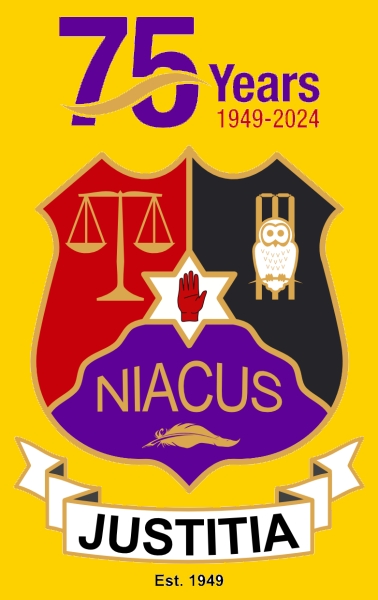Latest Features

Season 2015 - Discussion by PLOH - November 2015.
The following are a selection of incidents that 'allegedly' happened in a "match somewhere at some level".
They are recorded here, so that our membership can read, note, digest and ensure that they do not recur next season and beyond.
1. 1-day Wides. This was mentioned on several occasions. Accordingly it has been dealt with in some detail in a previous article.
2. Bowler running on the Protected area. This is dealt with, by Caution, Final warning and then Suspension. It does NOT incur Penalty runs.
3. Fast bowling directives for 'underage cricketers'. These must be strictly monitored and applied in ALL cricket. (i) Note - ALL cricket. It is not confined to schools` or underage matches. (ii) The top age group is U 19. We had a captain who believed that at 18 years of age no restrictions applied. N.B. This emphasises the importance of getting Team sheets completed in detail, signed and verified.
4. 'Beamers'. SLOW full tosses above shoulder height, and full toss deliveries OTHER THAN SLOW above waist height are No balls and must be accompanied by the Caution, Final warning , Suspension process. Team work is very important here. These No balls are called & signalled by the Bowler`s end umpire only. But the striker`s end colleague can be of great help with these. This height is judged against the criteria of imagining the striker standing upright and at the popping crease. However, the striker`s end man must act discretely and must never be seen to try and overrule or disagree with his colleague`s ultimate decision. An agreed signalling system between both, must be worked out and agreed before the match starts.
5. Penalty runs for No balls. In the NCU T/20 Cup,Trophy and Shield ONLY, the penalty is 2 runs. This does NOT apply in any other NCU competitions.
6. Correctness of the scores. Umpires are responsible for the correctness of the Scores and the RESULT. Law 21.10 Once the umpires have agreed the correctness of the scores, with the scorers, at the conclusion of the match, the result cannot thereafter be changed. With Net Run Rate being a factor in deciding league positions it is absolutely necessary for the umpires to satisfy themselves that both score books tally at the end of the match. This does NOT mean that the book has to be examined ball by ball, just that the officials are satisfied that both books agree the final totals (and overs bowled) for each innings.
7. Duckworth, Lewis, Stern (DLS) Printouts. Very occasionally, the 'half time' printout cannot be produced for some reason. In this event - BUT ONLY IF THE 1ST. INNINGS IS UNINTERRUPTED (or a delayed start means both sides still have the same number of overs to bat) - the umpires should tell both captains that the 2nd. innings WILL commence, but on condition that if the umpires have cause to suspend play because of a weather or light issue, and still without the paperwork, the umpires will immediately award the match to the visiting team. Information produced on smart phones and the like, is not to be taken into consideration. It is expected that this will be clarified in the NCU Bye law for 2016.
8. Fielding restrictions in 30 yd. circles. Some umpires have confused Powerplay and non-Powerplay matches in this regard. In competitions where there are no Powerplays there has to be a minimum of 4 fielders (plus the wicketkeeper and the bowler) inside the circle at all times. In competitions where Powerplays are in the playing regulations, then in the non Powerplay overs there has to be a maximum of 4 fielders outside the circle. N.B. It is likely that this may well change again for 2016, so watch this space !
9. Catches close to the boundary. There is still some uncertainty about the
wording and implementation of this Law.
(i) The first contact with the ball must be by a fielder inside the boundary. If he is airborne when he does so, he must have taken off from within the boundary.
(ii) The ball can THEN be fielded or caught, as long as the fielder is never in contact with both the ball and the ground beyond the boundary at the same time.
(iii) So, on a second or subsequent contact with the ball, ANY fielder can jump up from beyond the boundary and parry the ball back into the field of play.
While all of this will be difficult to observe by the umpires and indeed be a
very rare event, a sound understanding of the Law will be of huge advantage.
10. Fielder`s helmet on the ground. When the ball in play hits this helmet, the ball is immediately Dead - so nothing that happens afterwards is of any relevance.


